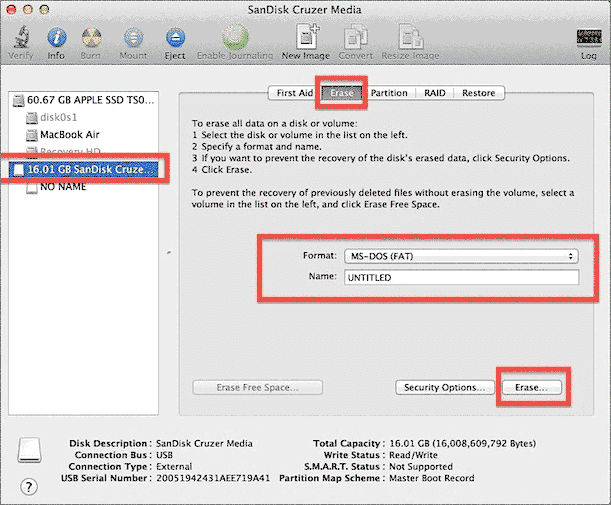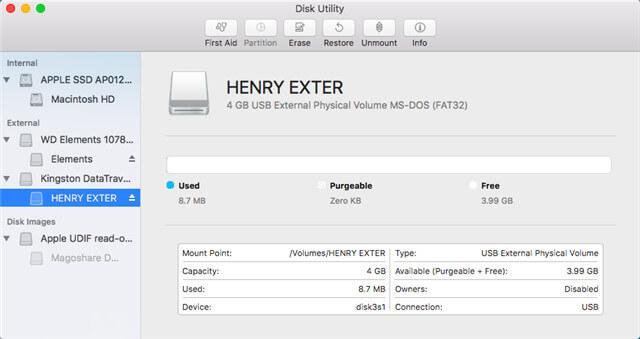

If you used Disk Utility from macOS Recovery, you can now restart your Mac: choose Apple menu > Restart. The order of repair in this example was Macintosh HD - Data, then Macintosh HD, then Container disk4, then APPLE SSD.
/DiskUtilityPartitionPanel-56a5d51b5f9b58b7d0dea11e.jpg)
Keep moving up the list, running First Aid for each volume on the disk, then each container on the disk, then finally the disk itself. If you're asked for a password to unlock the disk, enter your administrator password.Īfter Disk Utility is done checking the volume, select the next item above it in the sidebar, then run First Aid again.If the button is dimmed and you can't click it, skip this step for the disk, container, or volume you selected.If there is no Run button, click the Repair Disk button instead.In this example, the last volume on the disk is Macintosh HD - Data.Ĭlick Run to begin checking the selected volume for errors. USB SD Card reader for USB2.0, USB3.0, USB3.1 & USB-CĪlways confirm that the device is compatible with the SD, SDHC or SDXC memory card before formatting.For each disk that you're repairing, start by selecting the last volume on that disk, then click the First Aid button or tab.The following interface devices can be used to access SD/SDHC/SDXC memory cards: M1, you might be asked to install Rosetta in order to open the SD Card Formatter.Īdministrator Rights is required for Windows and Mac OS/macOS to execute SD Memory Card Formatter. Note: If you have a Mac with Apple silicon, e.g.

Please format the SD/SDHC/SDXC Card after it has been unlocked.

The SD Memory Card Formatter doesn’t support SD/SDHC/SDXC Card encrypted by the “BitLocker To Go” functionality of Windows. The protected area shall be formatted by an appropriate PC application or SD host devices that provide SD security function. The SD Memory Card Formatter does not format the protected area in the SD/SDHC/SDXC Cards. SD/SDHC/SDXC Cards have a “Protected Area” for SD Card security purposes. If you own a Mac you can plug in almost any external drive. In general, formatting tools provided with operating systems can format various storage media including SD/SDHC/SDXC Cards, but it may not be optimized for SD/SDHC/SDXC Cards and it may result in lower performance. Apple Macs have long been able to read hard drives and SSDs formatted for Windows computers, whether exFAT, FAT32, NTFS or even MSDOS. It is strongly recommended to use the SD Memory Card Formatter to format SD/SDHC/SDXC Cards rather than using formatting tools provided with individual operating systems. The SD Memory Card Formatter formats SD Memory Card, SDHC Memory Card and SDXC Memory Card (respectively SD/SDHC/SDXC Cards) complying with the SD File System Specification created by the SD Association (SDA). Watch our video on how to use the SD Memory Card Formatter SD Memory Card Formatter 5.0.2 for SD/SDHC/SDXC


 0 kommentar(er)
0 kommentar(er)
